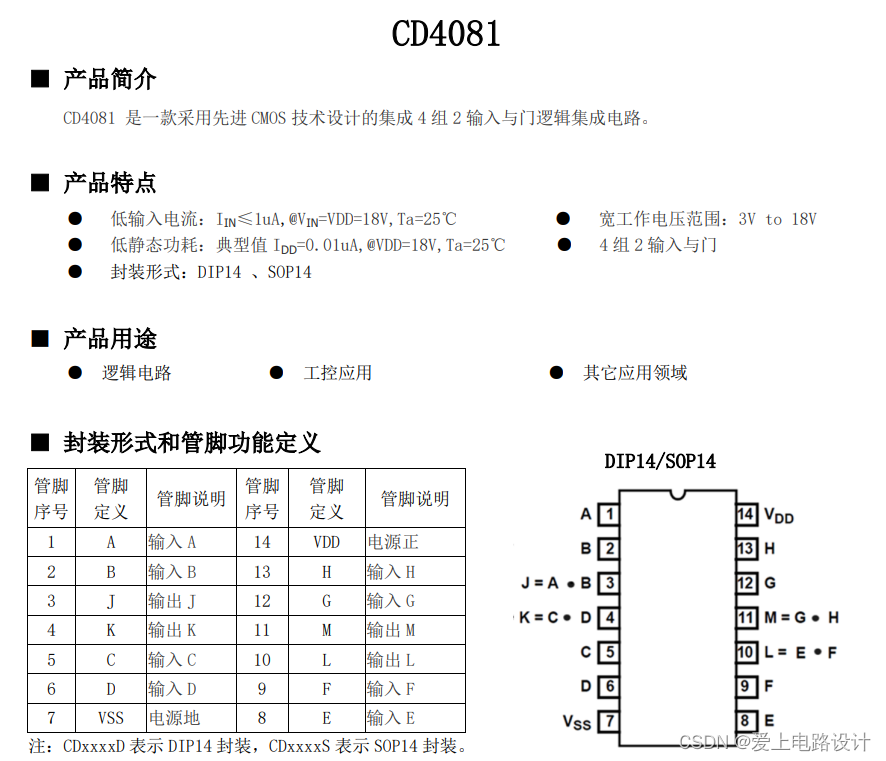Python构建学生信息管理系统:前端页面开发
在本系列博客的前几篇中,我们详细介绍了学生信息管理系统(SIMS)的需求分析、环境搭建、工程初始化、数据库设计、后端逻辑以及安全设计。在本文中,我们将专注于前端页面的开发,包括学生信息的展示、搜索以及增删改操作。
学生信息列表页面
首先,我们将创建一个学生信息列表页面,该页面将展示所有学生的信息,并提供搜索、添加、编辑和删除功能。
HTML模板(templates/students.html)
<!-- templates/students.html --><!DOCTYPE html>
<html lang="en">
<head><meta charset="UTF-8"><title>Student List</title><link rel="stylesheet" href="{{ url_for('static', filename='css/style.css') }}">
</head>
<body><h1>Student List</h1><input type="text" id="searchInput" placeholder="Search by name..."><button onclick="searchStudents()">Search</button><table id="studentsTable"><thead><tr><th>ID</th><th>First Name</th><th>Last Name</th><th>Class ID</th><th>Email</th><th>Actions</th></tr></thead><tbody><!-- 学生信息将通过JavaScript动态插入 --></tbody></table><script src="{{ url_for('static', filename='js/students.js') }}"></script>
</body>
</html>
CSS样式(static/css/style.css)
/* static/css/style.css */body {font-family: Arial, sans-serif;
}table {width: 100%;border-collapse: collapse;
}table, th, td {border: 1px solid #ddd;
}th, td {padding: 10px;text-align: left;
}th {background-color: #f2f2f2;
}tr:nth-child(even) {background-color: #f9f9f9;
}input[type="text"] {margin-bottom: 20px;padding: 10px;width: 200px;
}button {padding: 10px 20px;cursor: pointer;
}
JavaScript逻辑(static/js/students.js)
// static/js/students.jsfunction fetchStudents() {fetch('/students').then(response => response.json()).then(data => {const tableBody = document.getElementById('studentsTable').getElementsByTagName('tbody')[0];tableBody.innerHTML = ''; // 清空表格data.students.forEach(student => {const row = tableBody.insertRow();row.insertCell(0).textContent = student.StudentID;row.insertCell(1).textContent = student.FirstName;row.insertCell(2).textContent = student.LastName;row.insertCell(3).textContent = student.ClassID;row.insertCell(4).textContent = student.Email;const actionsCell = row.insertCell(5);actionsCell.innerHTML = `<button οnclick="editStudent(${student.StudentID})">Edit</button><button οnclick="deleteStudent(${student.StudentID})">Delete</button>`;});}).catch(error => console.error('Error fetching students:', error));
}function searchStudents() {const searchTerm = document.getElementById('searchInput').value;fetch(`/students?search=${searchTerm}`).then(response => response.json()).then(data => {const tableBody = document.getElementById('studentsTable').getElementsByTagName('tbody')[0];tableBody.innerHTML = ''; // 清空表格data.students.forEach(student => {// 插入学生信息到表格// 代码与 fetchStudents 函数中的类似});}).catch(error => console.error('Error searching students:', error));
}function editStudent(studentID) {// 打开编辑学生信息的模态框或页面// 可以通过JavaScript打开一个新的页面或模态框,并填充当前学生的信息
}function deleteStudent(studentID) {// 发送删除请求到服务器fetch(`/students/${studentID}`, {method: 'DELETE'}).then(response => {if (response.ok) {fetchStudents(); // 更新学生列表} else {alert('Error deleting student.');}}).catch(error => console.error('Error deleting student:', error));
}// 当文档加载完成时,获取学生列表
document.addEventListener('DOMContentLoaded', fetchStudents);
学生信息编辑页面
编辑页面将允许用户更新现有学生的信息。这个页面可以是模态框内的表单,也可以是一个新的页面。
HTML模板(templates/edit_student.html)
<!-- templates/edit_student.html --><!DOCTYPE html>
<html lang="en">
<head><meta charset="UTF-8"><title>Edit Student</title><!-- 引入CSS样式 -->
</head>
<body><h1>Edit Student</h1><form id="editStudentForm"><label for="firstName">First Name:</label><input type="text" id="firstName" name="FirstName" required><br><label for="lastName">Last Name:</label><input type="text" id="lastName" name="LastName" required><br><!-- 添加其他字段... --><button type="submit">Save Changes</button></form><!-- 引入JavaScript逻辑 -->
</body>
</html>
结语
在本文中,我们介绍了学生信息管理系统前端页面的开发过程。通过使用HTML、CSS和JavaScript,我们实现了一个用户友好的界面,允许用户查看、搜索、添加、编辑和删除学生信息。
请注意,为了使前端代码正常工作,需要确保后端API已经正确实现,并且可以处理前端发送的请求。此外,实际部署时,还需要考虑诸如表单验证、错误处理、用户反馈等前端功能。
随着前端页面开发的完成,我们的SIMS项目已经初具雏形。在接下来的博文中,我们将进一步探讨如何将前端与后端结合起来,以及如何进行系统测试和部署。
敬请期待后续内容,一起见证SIMS的诞生与成长!



